The wind’s in the north-west — and the eels will be running.
Actually, as I’m writing this in July, they won’t be. But in the autumn, on dark nights, with a flow in the river and a favourable wind, the eels will head down the Shannon en route to the Sargasso Sea. Wikipedia describes the extraordinary lifecycle of Anguilla anguilla here.
In Ireland, the Electricity Supply Board (ESB) has statutory responsibility for the fisheries on the River Shannon and on certain other waters. But because of the shortage of eels, the focus nowadays is on “trap and transport” programmes: helping eels to get down to the sea (and young ones to get back up). The eel fishery has been closed completely until 2012 at the earliest; see this news story (and google for others if you like). [Update June 2012: in April 2012 a set of Dáil questions by Frank Feighan TD elicited a considerable amount of information about the Shannon eel fishery. July 2012: here is more Dáil information about eel management.]
If this Google map link works properly (something that experience suggests might be too much to hope for), you should see the lower portion of the River Shannon. The twin towns of Killaloe and Ballina will be near the top of the page and Limerick will be near the bottom, with the river flowing from one to the other. Below Killaloe is the “flooded area” and below that O’Briensbridge on one bank and Montpelier on the other. Just above O’Briensbridge the headrace of the Ardnacrusha power station takes most of the river’s flow; it goes through Clonlara, Ardnacrusha and Parteen before rejoining the river at Limerick. (If you can’t see the headrace, switch from Map to Satellite view.) On the original course of the river, a small amount of water (except in floods) still flows through Castleconnell to Limerick. The places mentioned on this page are Killaloe, Clonlara and Castleconnell.
The survey at Castleconnell
In October 2008 the ESB commissioned a survey of the numbers of eels passing down the original course of the Shannon through Castleconnell. (It may well have surveyed other areas, but I didn’t happen to be in those areas, at those times, with a camera.) The survey was carried out by eel fishermen from Lough Ree, using the ESB’s boat. It seemed to involve laying nets, leaving them out overnight and counting the eels the following morning (again, I wasn’t there the following morning).
That was in 2008; in 2009, the fishery was closed, although catching continues for trap and transport, to enable the eels to overcome obstacles like Ardnacrusha.
The eel-nets at Killaloe
The ESB uses a large number of eel-nets on the downstream side of the bridge in Killaloe. All the river arches except one have provision for nets; I presume the one free arch is the “king’s gap” (or perhaps “president’s gap”). Nets can even be used at the navigation arch.
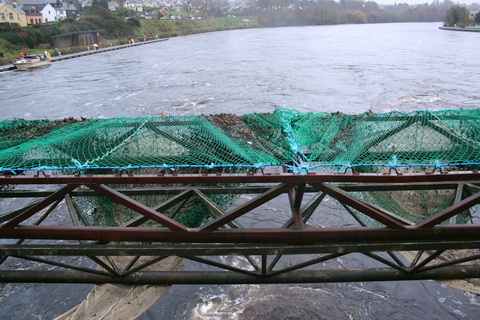
The nets over the navigation arch. I suspect (does anyone know?) that the frame they’re on can be swung down, but that it’s kept up out of the way during the boating season
The eel packing station at Killaloe
The ESB’s other eel-related installation in Killaloe is perhaps somewhat less conspicuous.
The lower floor of the eel house is made up of tanks with mesh sides, which the river can flow through; eels can be kept alive there. There are walkways between the tanks.
The eel-nets at Clonlara
The ESB also had eel-nets at Clonlara, on the headrace to the Ardnacrusha power-station. There were two sets, suspended from towers: one set above and one below the bridge. A gap was left at one side to enable boats to get through.
The Clonlara nets had not been used for some years, partly because the flow of the current made their use difficult and dangerous.
Passing by a few days ago, I noticed that one of the downstream towers was missing.
And one of the upstream towers had gone too. A large crane was at work, removing a steel structure similar to that in the photo above.
As usual, I would be happy to hear from anyone who can correct or supplement the information here, or who can provide links to websites on related topics. Please leave a Comment below.
Here is an article from the Irish Times on 10 October 2011. The ESB press release is here. And in March 2012 the Irish Times reported that eel fishermen had failed in their legal challenge to the Conservation of Eel Fishing byelaws.
Here are some links repeated from above. In April 2012 a set of Dáil questions by Frank Feighan TD elicited a considerable amount of information about the Shannon eel fishery and in June 2012 Nicky McFadden TD got more, which you can read here. This is an update in January 2014.
On a related matter, there is information here about hydroelectric power stations and salmon.
If you would like to be kept informed of updates to this website, sign up to the RSS feed on the front page and you’ll get a brief notification, with a link, whenever a new page is added.

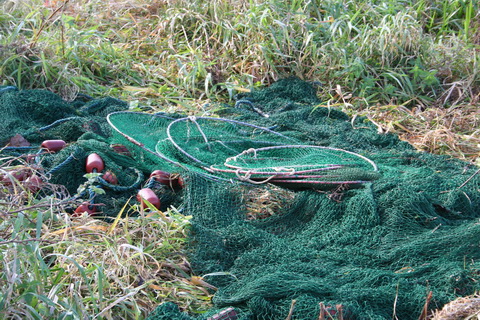
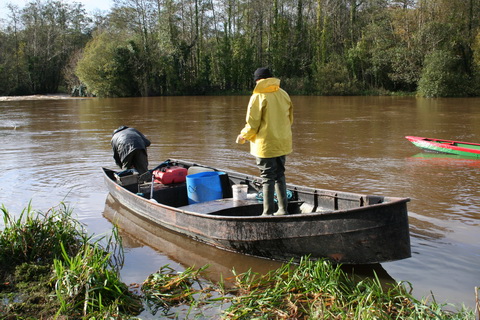

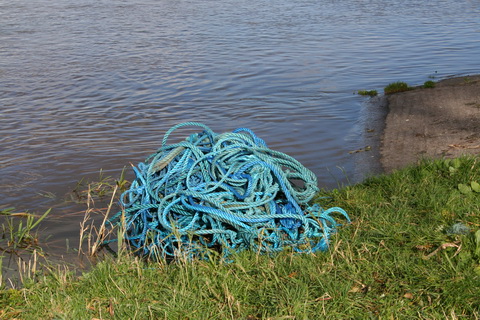
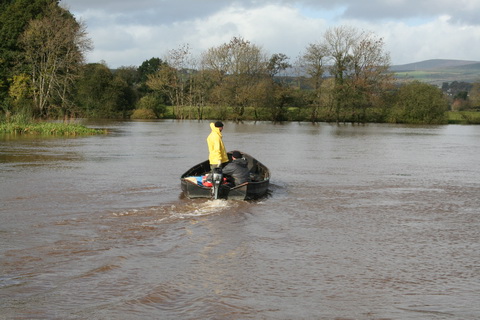
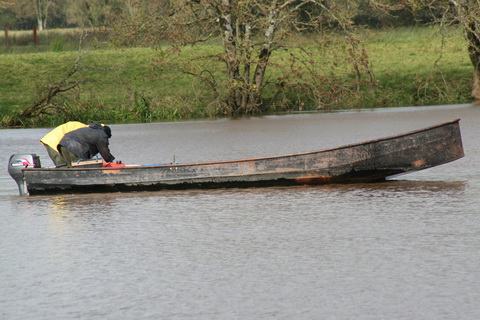

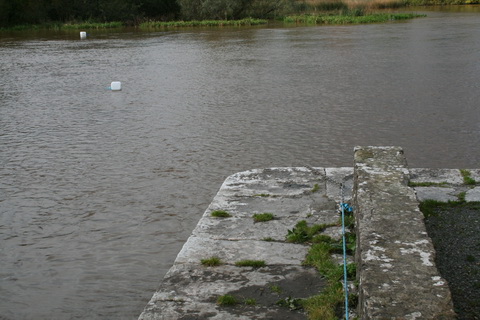
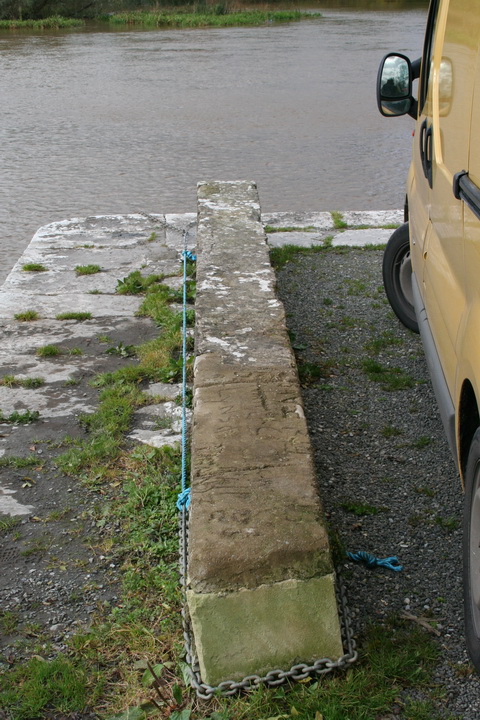

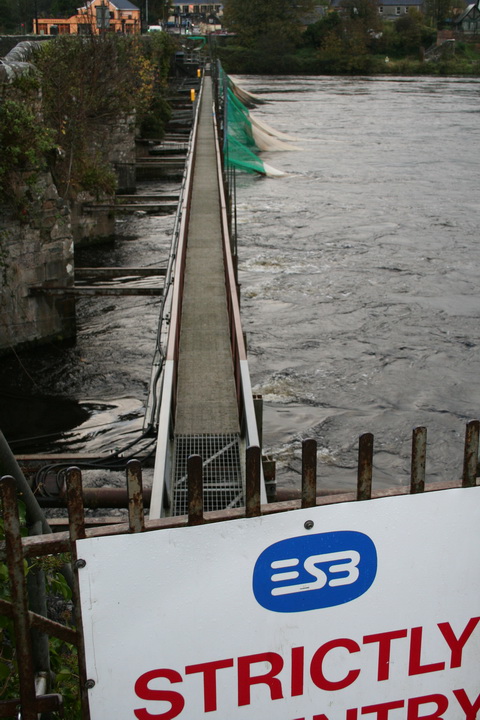
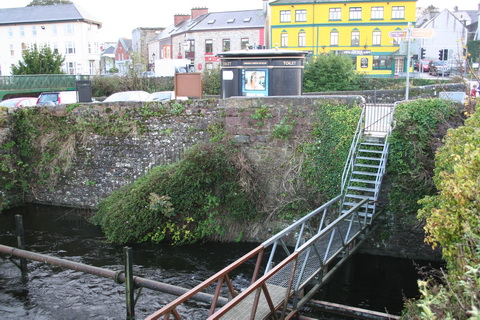
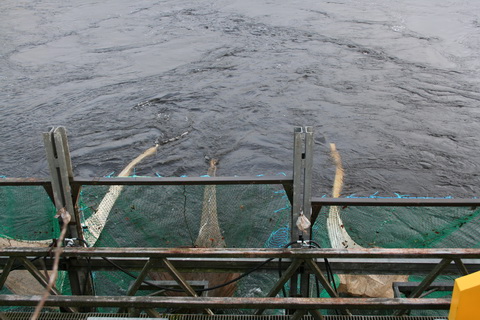
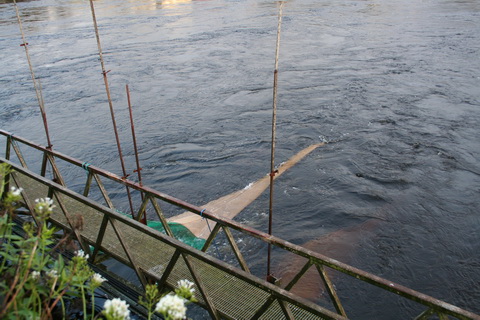

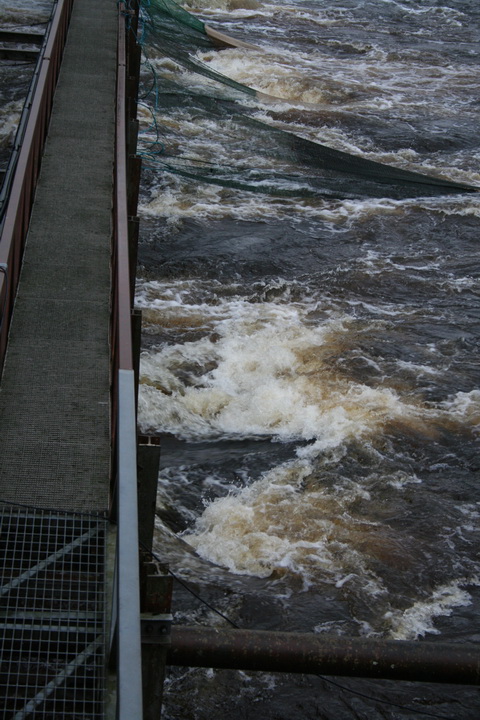
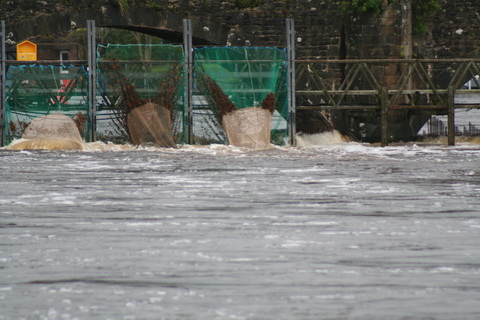
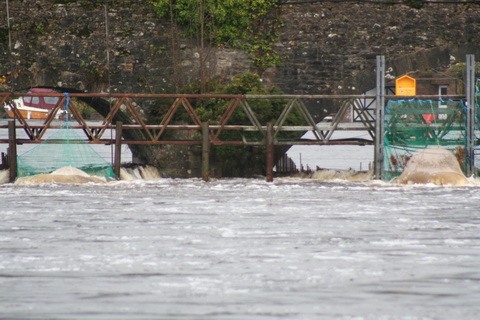
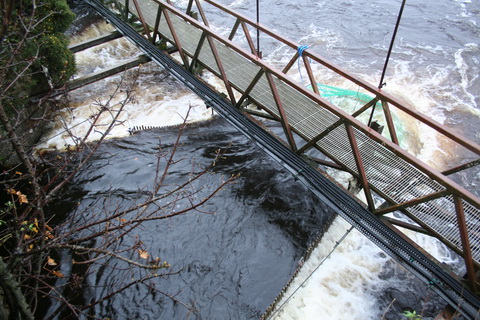

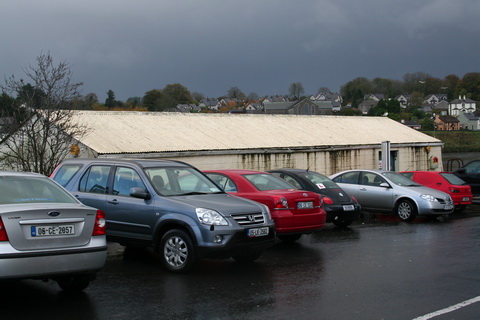
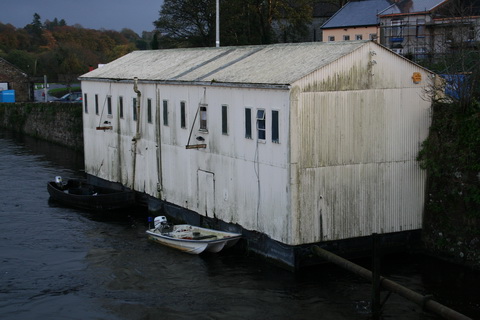

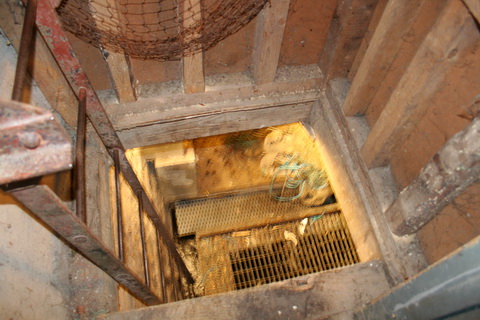
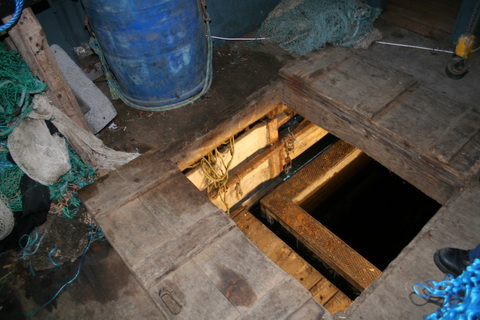
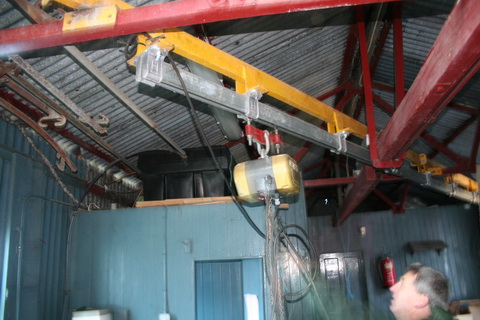
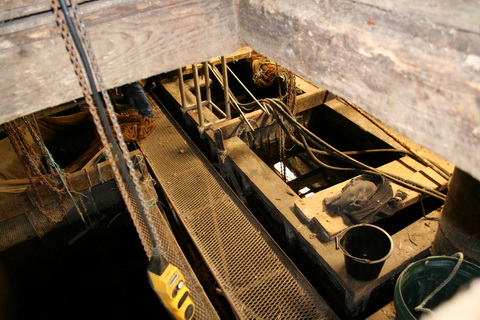
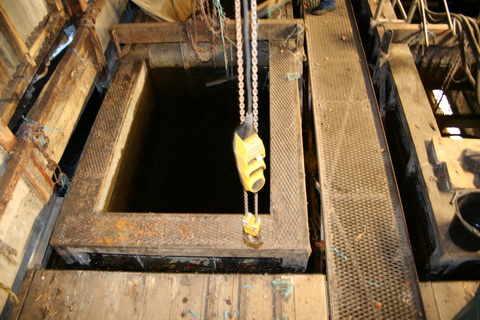
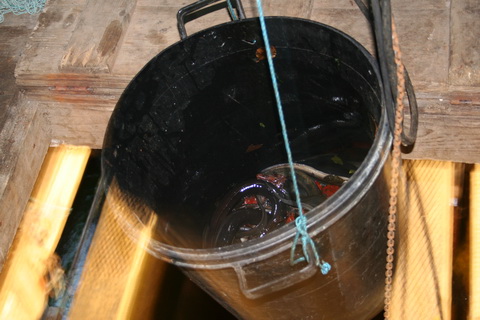
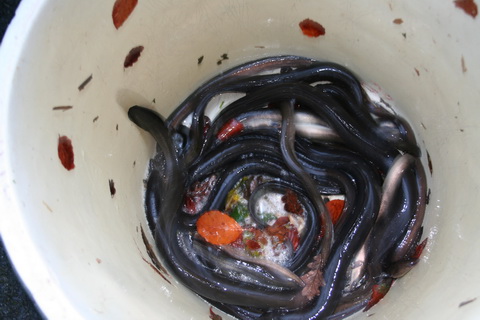
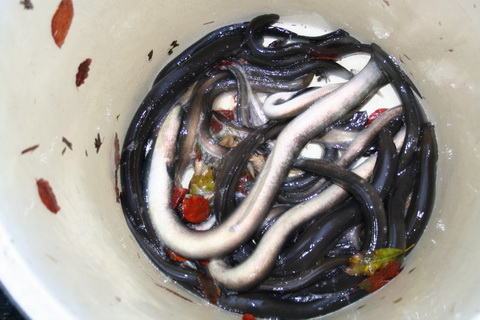
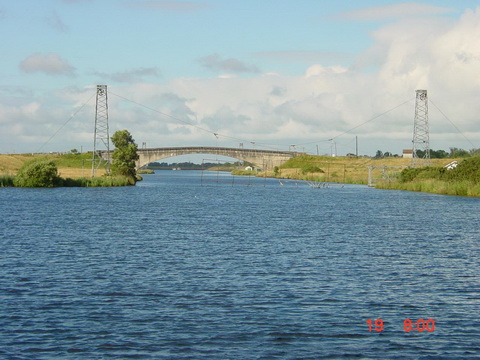
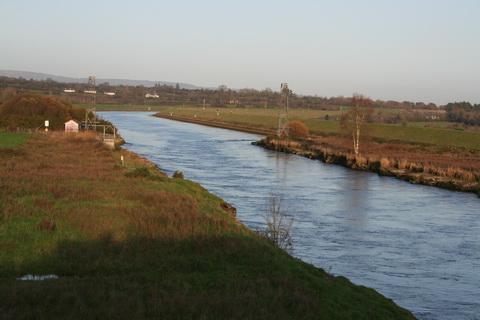



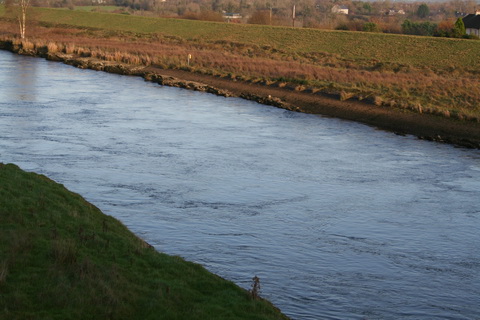
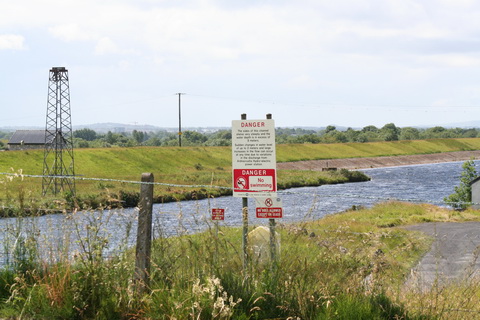
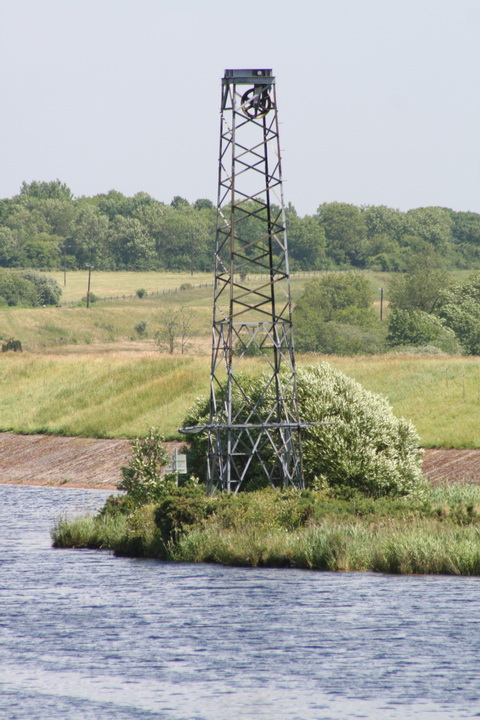
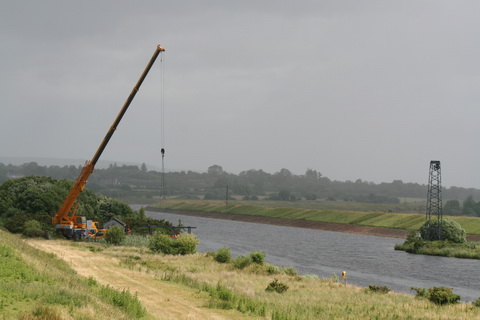
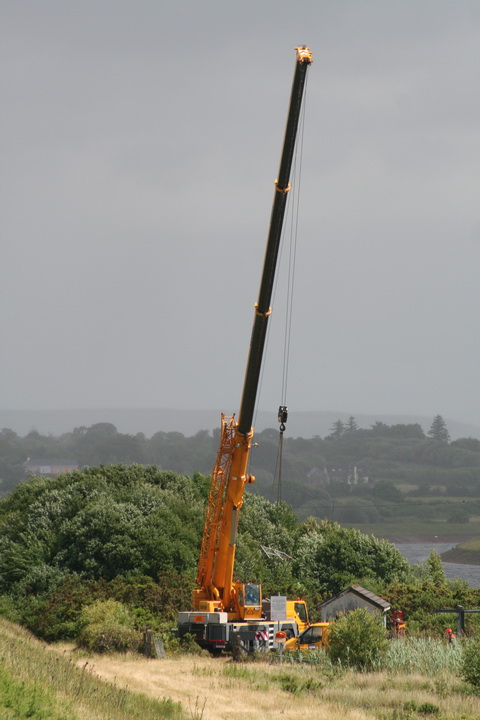
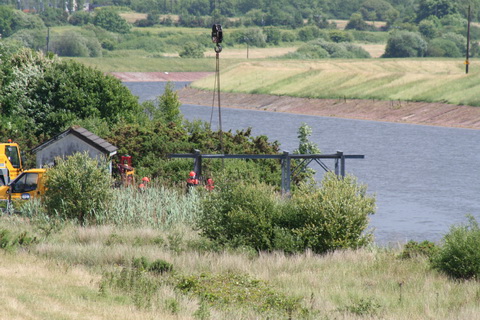
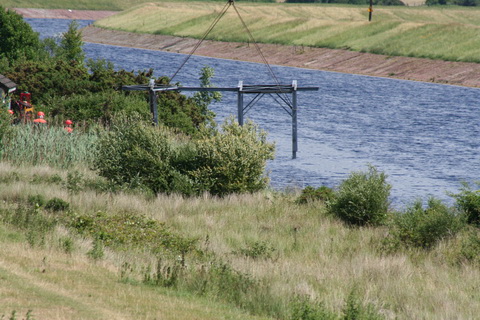

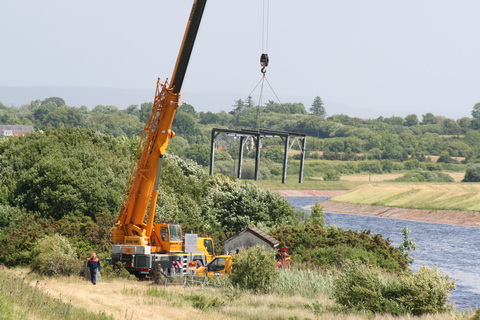
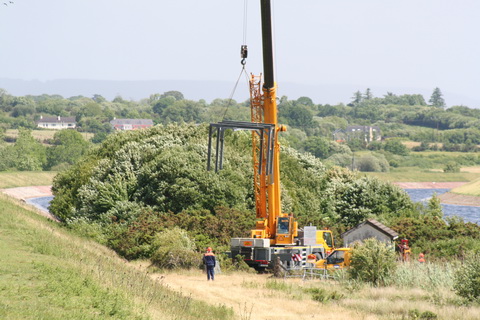


It is now time time cease eel fishing in Killaloe. Firstly eel populations have suffered a dramatic decline and should no longer be harvested. Its a nonsense to say that the fishery is fishing for conservation reasons and that eels are released because there is a greater loss with nets than would happen it these eel were allowed to migrate through the power station. Its now time
to remove this weir which is an eye sore from the heritage bridge in Killaloe
Re: Eel nets at Killaloe Bridge. Are they still in use? Are the nets secured at the bottom? Im trying to find out could a small boat or a swimmer pass safely beneath the nets?
Joe: some of the nets were in use today. As well as the nets, there are also metal structures guiding eels towards the nets. And there is a strong current through the arches. No dwimmer or boater should go anywhere near those aarches at any time, and especially not when the currents are strong. There is a navigation arch, close to the east bank, that has no nets on it. But even there, I would not advise a swimmer to go near it in present conditions. bjg
Pingback: Killaloe eel fishery | Irish waterways history
Pingback: Two brief notes about eels | Irish waterways history
Pingback: Wind and eels | Irish waterways history
Pingback: Eels from Killaloe | Irish waterways history
Pingback: Killaloe eels | Irish waterways history